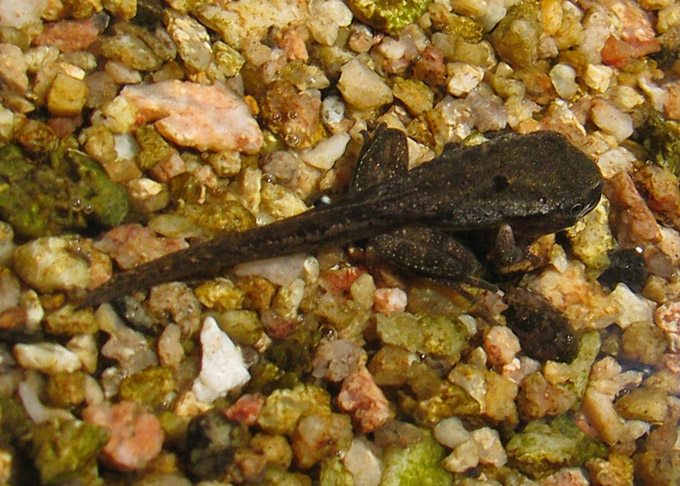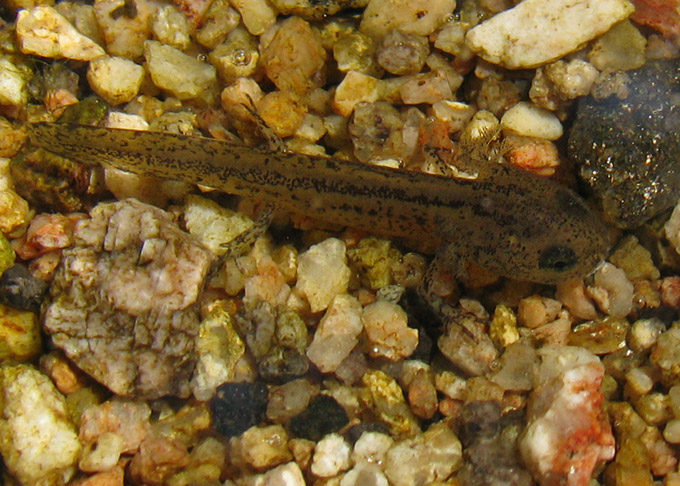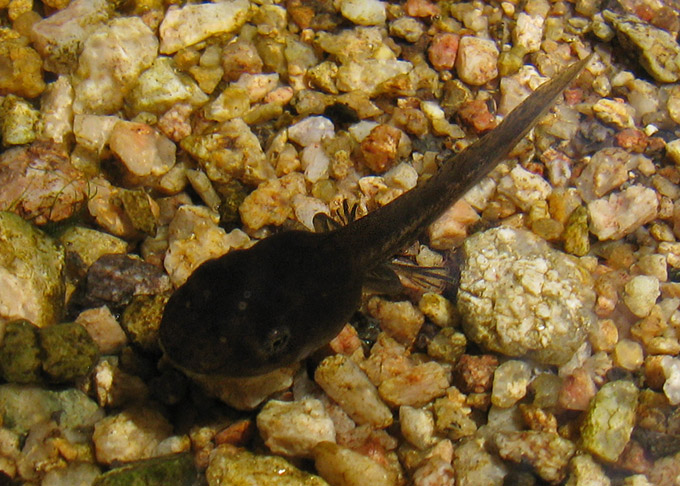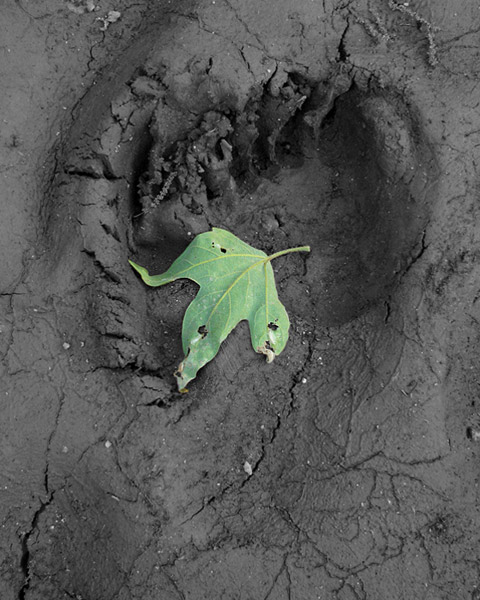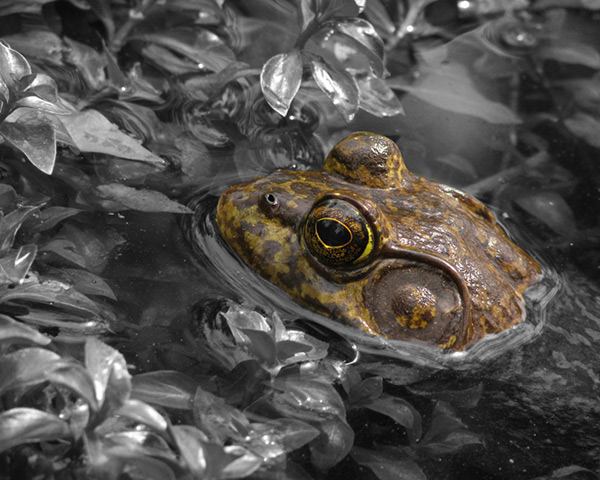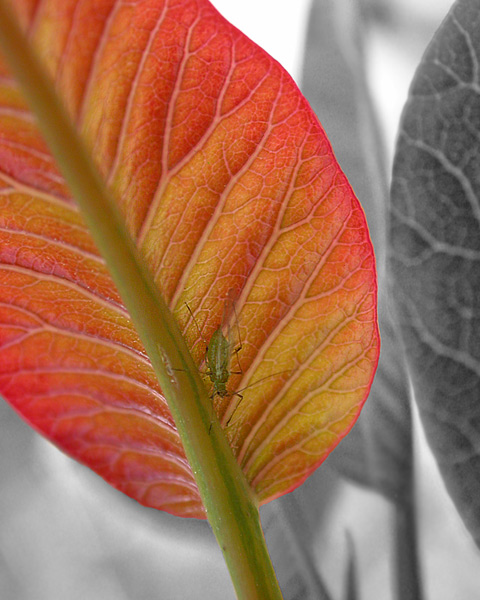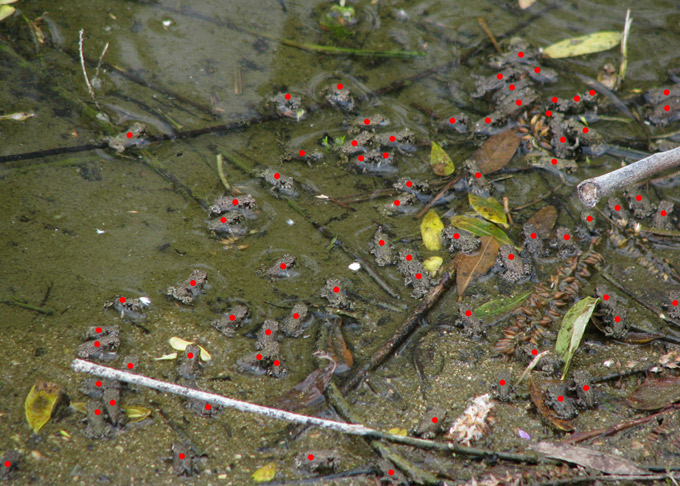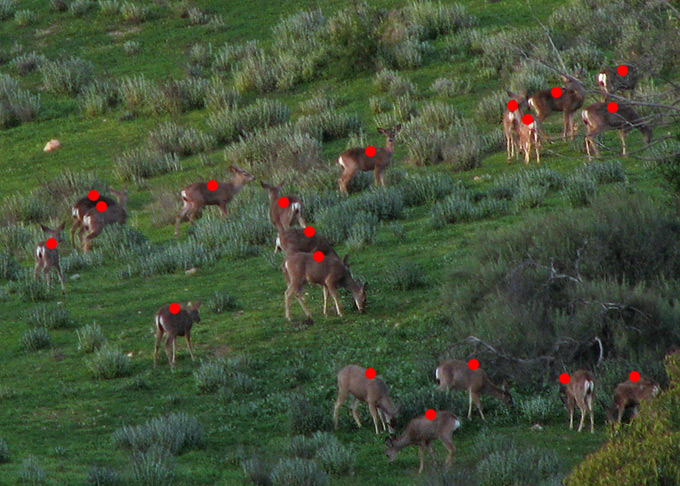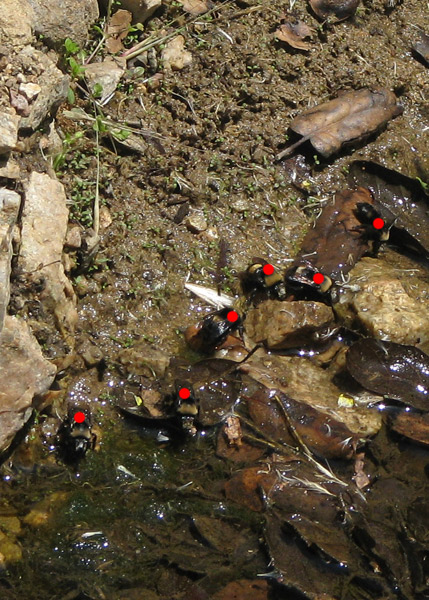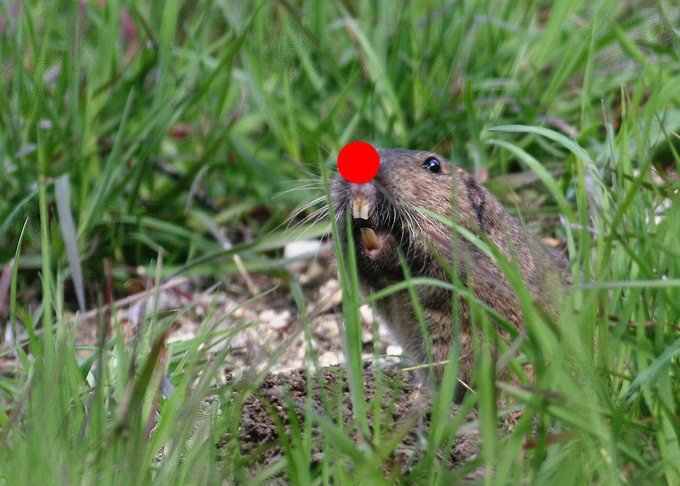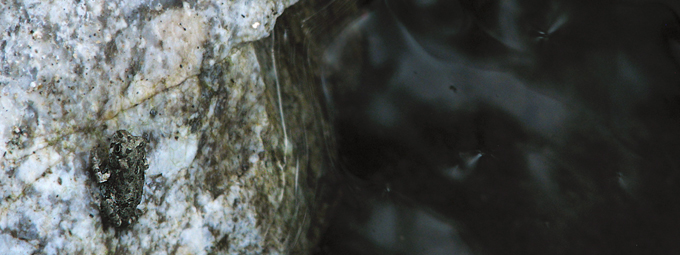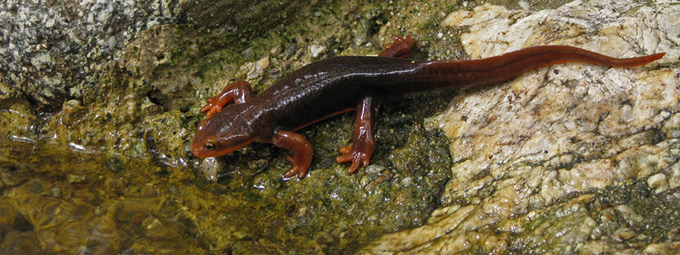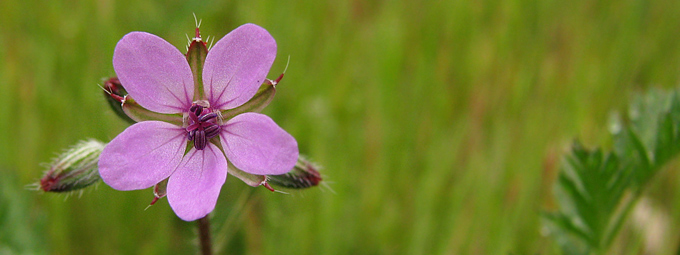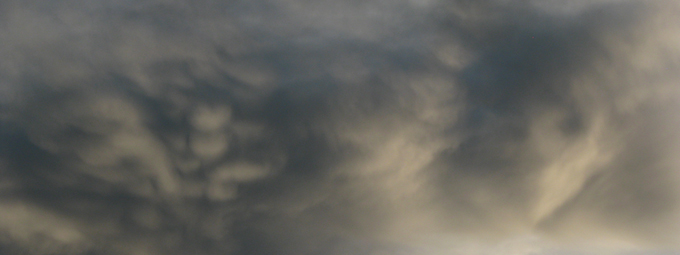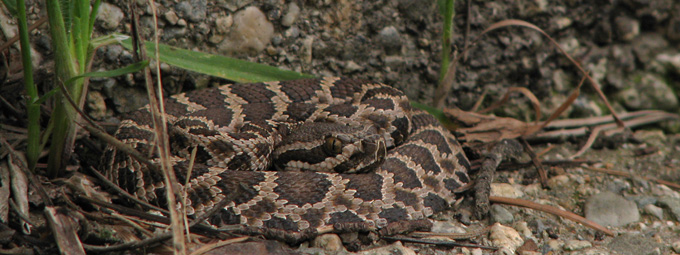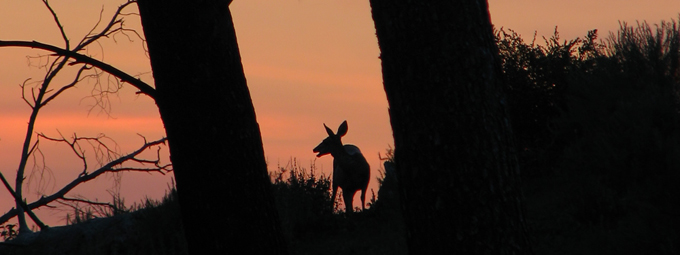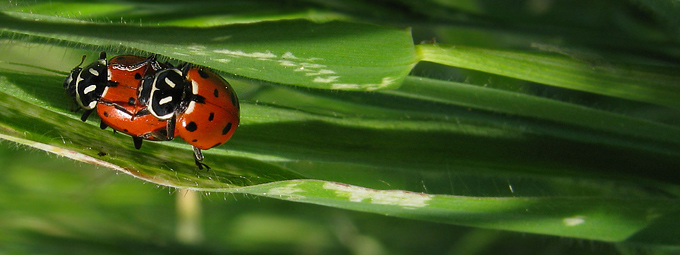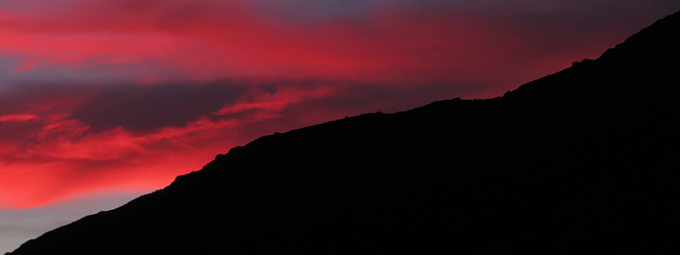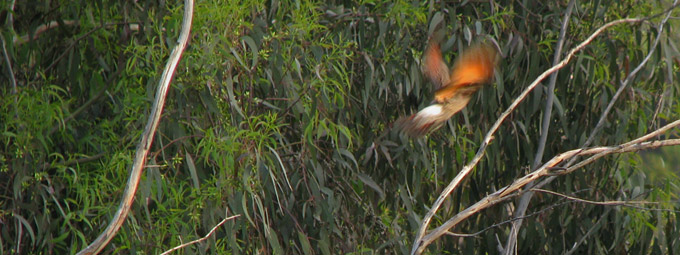What Will I Become? (Part II)
Does anyone even remember Part I? Ha ha… oh well… I meant to get back to this idea sooner. But, hey, let’s have a little fun with tadpoles!
I walked down to the creek a few days ago with the intent of exploring a remaining shallow pool of water that my neighbor had pointed out to me. I wanted to confirm my initial suspicions that there were at least three different kinds of amphibian larvae in various stages of development. Sure enough! Additionally, there were several different kinds of aquatic beetles, bugs and snails. There was also a large interesting-looking dragonfly laying eggs on the exposed rocks. I was so excited and ready to get down to some serious photographing, but then… This rarely happens to me, but (sadly) just as I got to this point, my camera batteries died. *sigh*
I use rechargeable AAs and I always carry a spare set, but apparently I forgot to charge them after the last outing and these turned out to also be dead. Not sure if anyone else has ever been this desperate, but in order to get the following shots I would turn on the camera and take like one or two shots before it gave up the ghost and turned itself off. Then, I would turn it back on and try and eke out a few more real quick before it shut down again. Frankly, I am surprised these turned out as well as they did!
OK, so here are the three suspects for those who want to have fun guessing what they will eventually metamorphosize into… *You can click on any of the photos for a larger view.*
#1
#2
I’ve done my best to correctly identify the critters above and I think I’ve matched them up correctly. (If anyone thinks I may have made a mistake… please tell me!) *Click on the graphic below to see what the adult versions look like.*
Despite the unusually cool temps for mid-August, the remaining water in the creek is still rapidly evaporating. I hope that the majority of these little ones get a chance to develop enough to survive outside of their puddle refuge.
